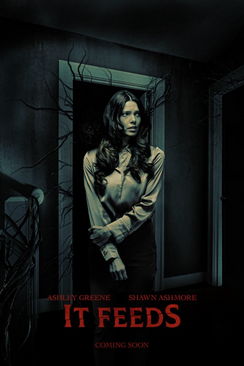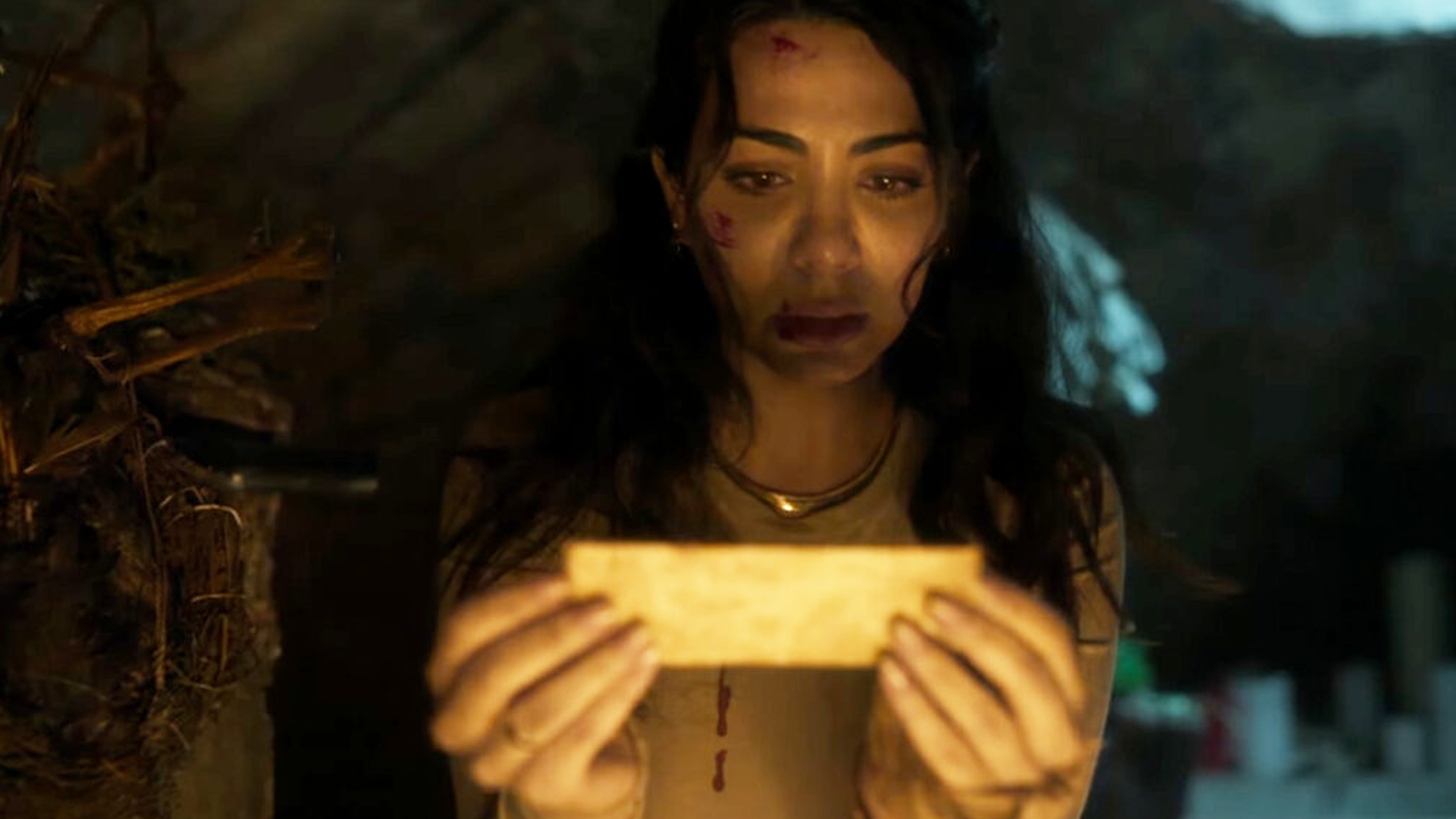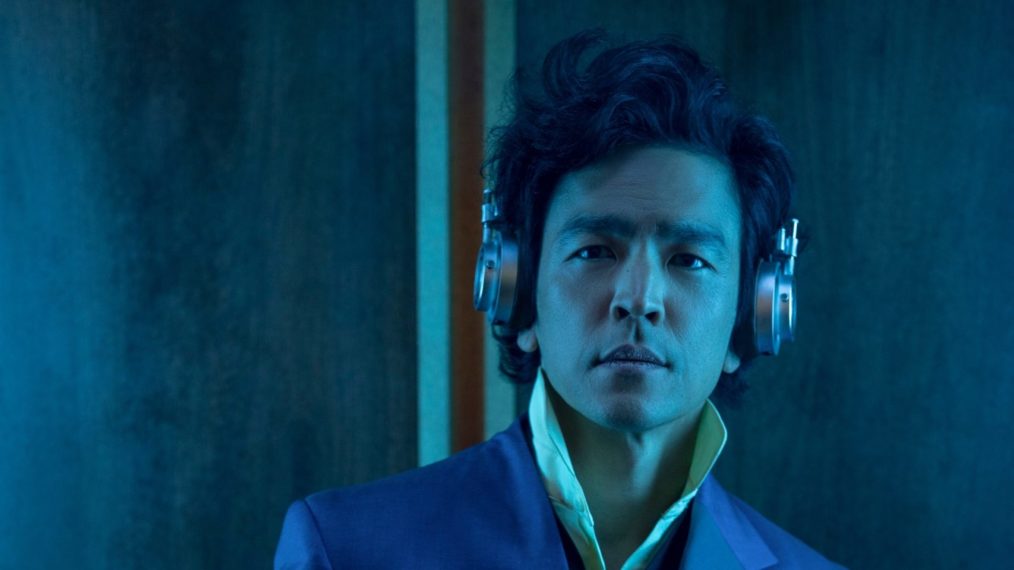
[WARNING: The following contains MAJOR spoilers for Netflix‘s Cowboy Bebop Season 1 Episode 6, “Binary Two-Step.”]
“If you want to dream, dream alone.”
That’s (one of) the central messages of “Brain Scratch,” the anime episode on which “Binary Two-Step” is loosely based. In it, Faye ends up embroiled in the inner workings of a technology-devoted cult, in which people upload their consciousnesses to the internet—they end up dead in reality, but “alive” on the web.
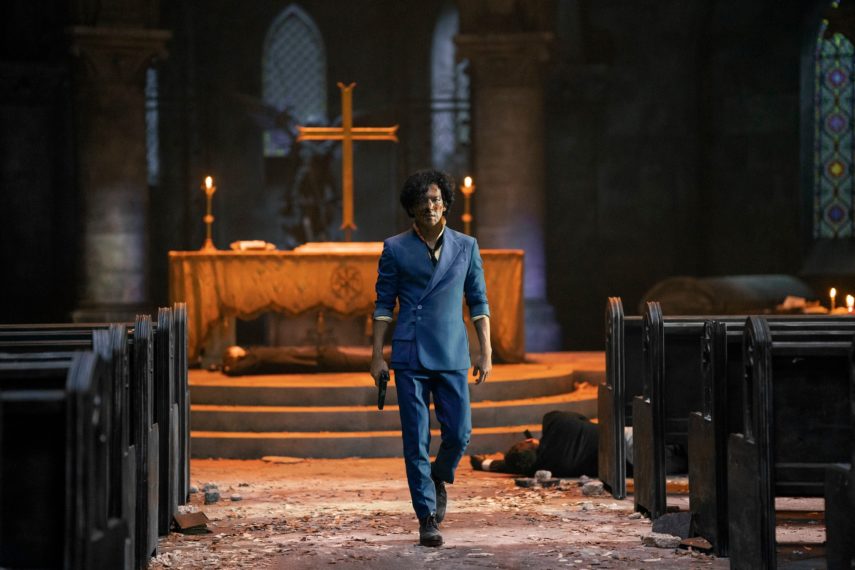
GEOFFREY SHORT/NETFLIX © 2021
Where do dreams come in? Well, the cult is “led” by a Dr. Londes, who isn’t a doctor at all—in reality, “Londes” is a comatose teenager who’s been able to amass and influence followers since he uploaded his mind to the internet. There’s commentary on God and television, on death (and fearing death), and on the nature of dreams. Ultimately, Londes’ “dreams” in his vegetative state were not dreams to be shared—thus, “dream alone.”
It’s pretty heavy stuff, and the live-action adaptation does away with almost all of it. While the cult storyline is kept, as well as the name Dr. Londes, that’s about it; utterly absent are the more striking, thought-provoking themes and the shocking realization that the mastermind is not only not completely real, but also very young and very fearful. In the Netflix version, Spike (John Cho) goes after Londes as a pastime while Jet (Mustafa Shakir) gets a mechanic to fix the Bebop, and Faye (Daniella Pineda) supervises her work.
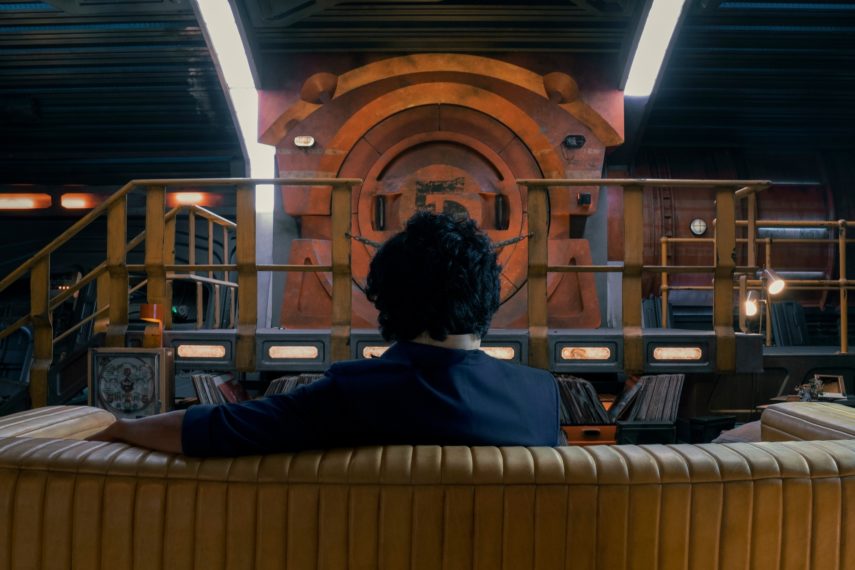
NICOLA DOVE/NETFLIX © 2021
Spike’s plot, then, sees him fall under Londes’ influence, but not in the same way as the anime. His mind ends up being scrambled such that he repeats the same scenario over and over again—he meets Julia (Elena Satine) and asks her to run away with him. This plays out differently every time; one time she dies, the next they escape together, the last she insults and lashes out at him to the point where he almost “lets her go.” But that would be very bad for him, because, as the man who created Londes and the cult explains to Jet, who went after Spike, none of it was ever real. It was all a cover story for an AI they created that went psychotic and killed hundreds of test subjects, and now that AI is trying to capture Spike’s consciousness by forcing him to let go of his emotional tether: Julia.
While all of that is happening, back on the Bebop, Faye’s left alone with the mechanic. She sleeps with her, and they spend time in bed cuddling and talking about Faye’s amnesia (heavy subject for pillow talk, no?). Faye’s interest in women is a change from the original, and for some, it might be surprising. At its core, though, it’s a fine change and an example of something that sets the adaptation apart for the better. In many space-based shows the subject of sexuality is immaterial, and there’s no reason that shouldn’t be the case in Bebop. Woolongs are what really matters.
In the end, the scientist responsible for the AI can’t shut it down, so Jet and the team have to go to Earth, where it was based, to shut it down from there. They make it just in the nick of time, but Spike is saved, and all is well. But again, the live-action Bebop rather misses the point—while the excitement of a race against the clock for Spike’s safety makes for an okay episode, it pales in comparison to the larger questions and emotional gut punches of “Brain Scratch.” There is nothing about dreams here.
Cowboy Bebop, All episodes now streaming, Netflix







![Travelers | Official Trailer [HD]](https://celebritynewsmag.com/wp-content/themes/mts_feminine/images/nothumb-feminine-related.png)





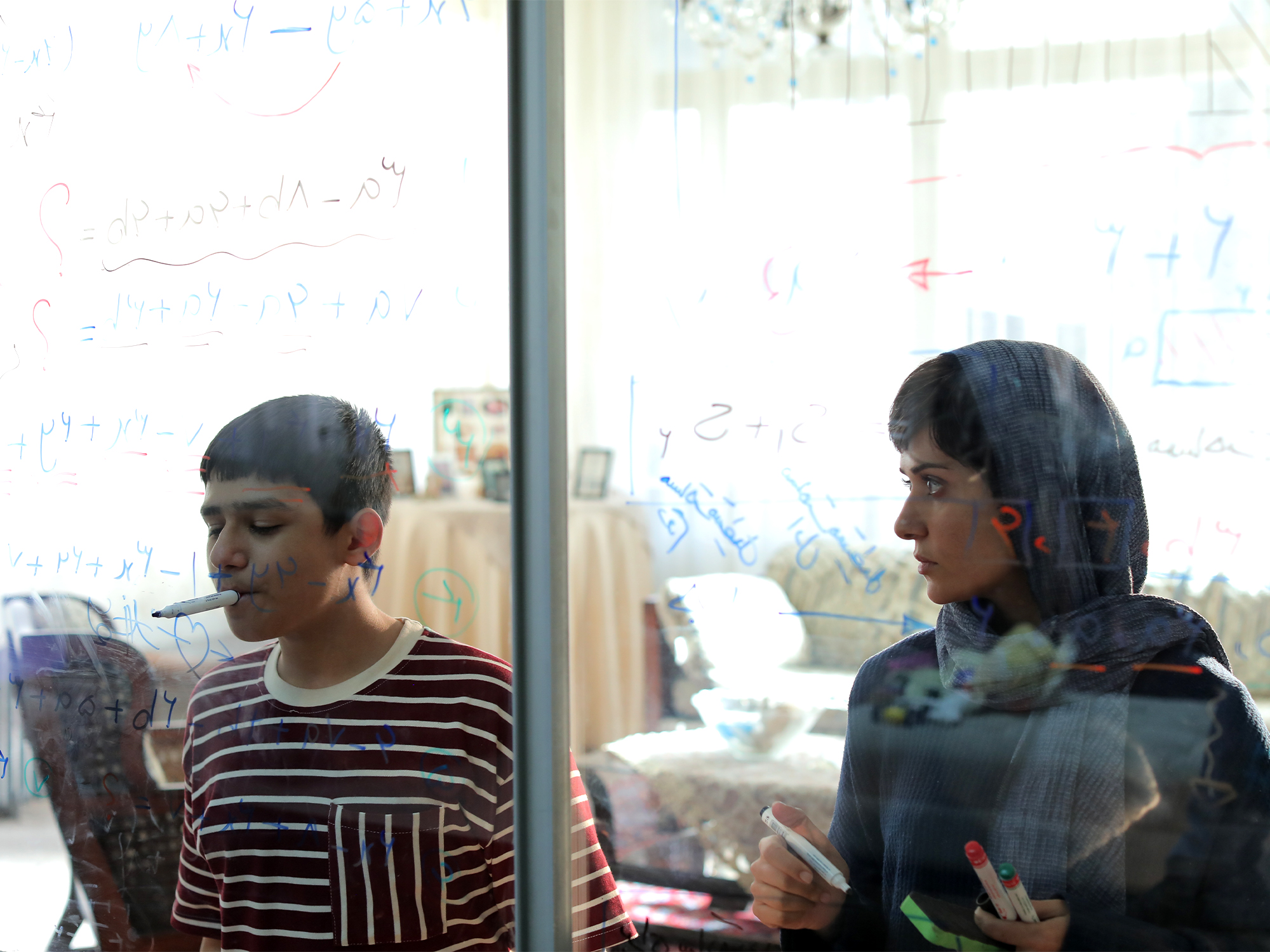


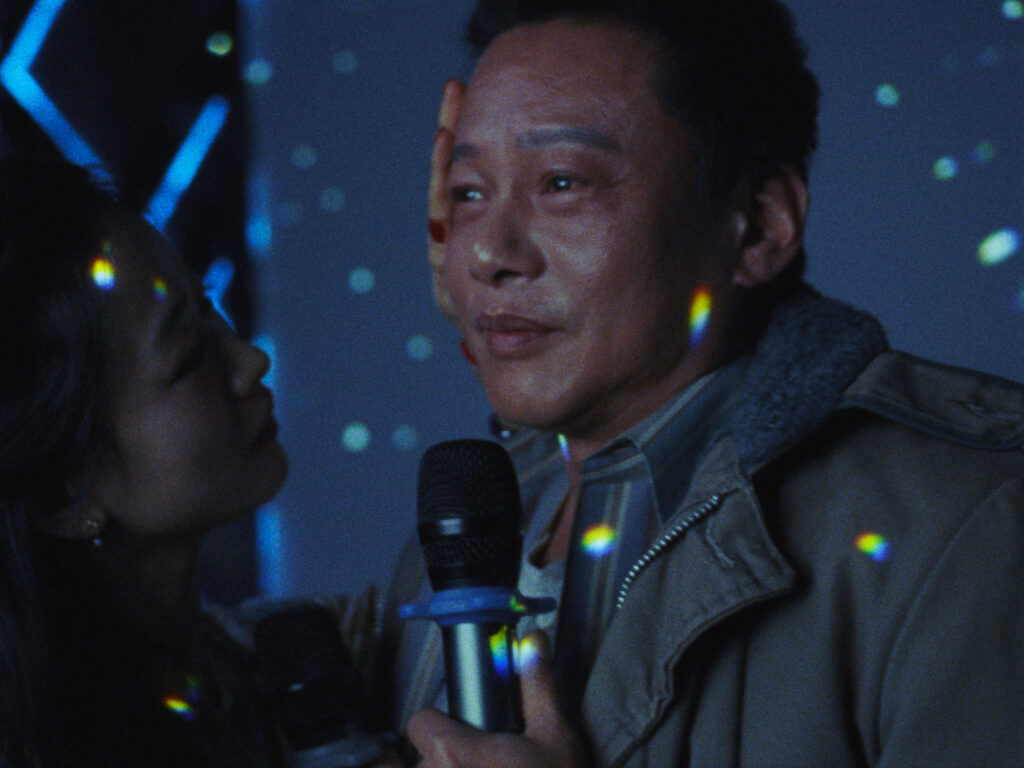
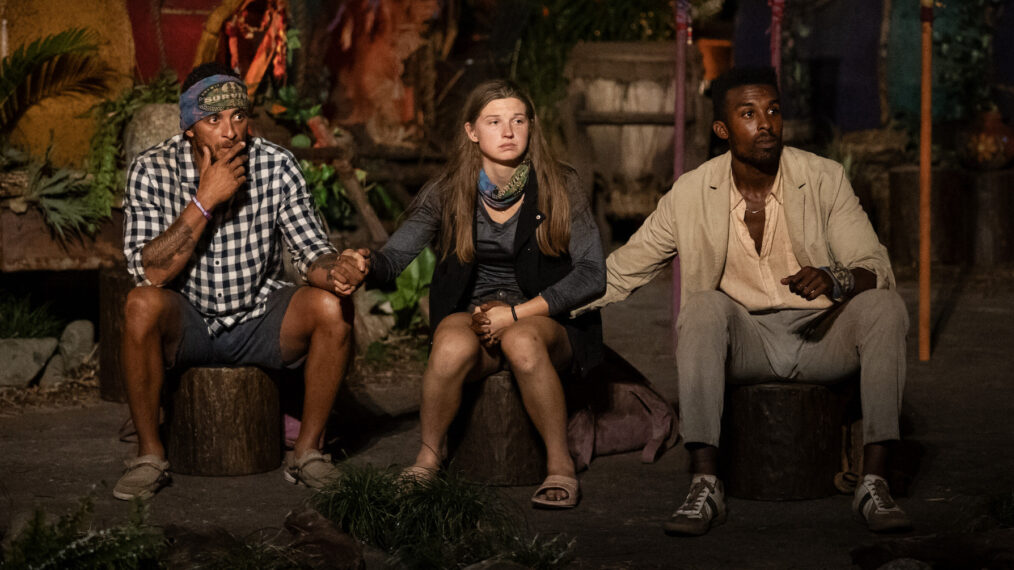








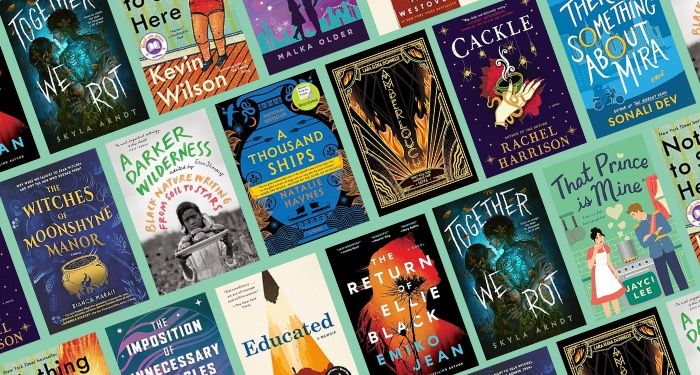
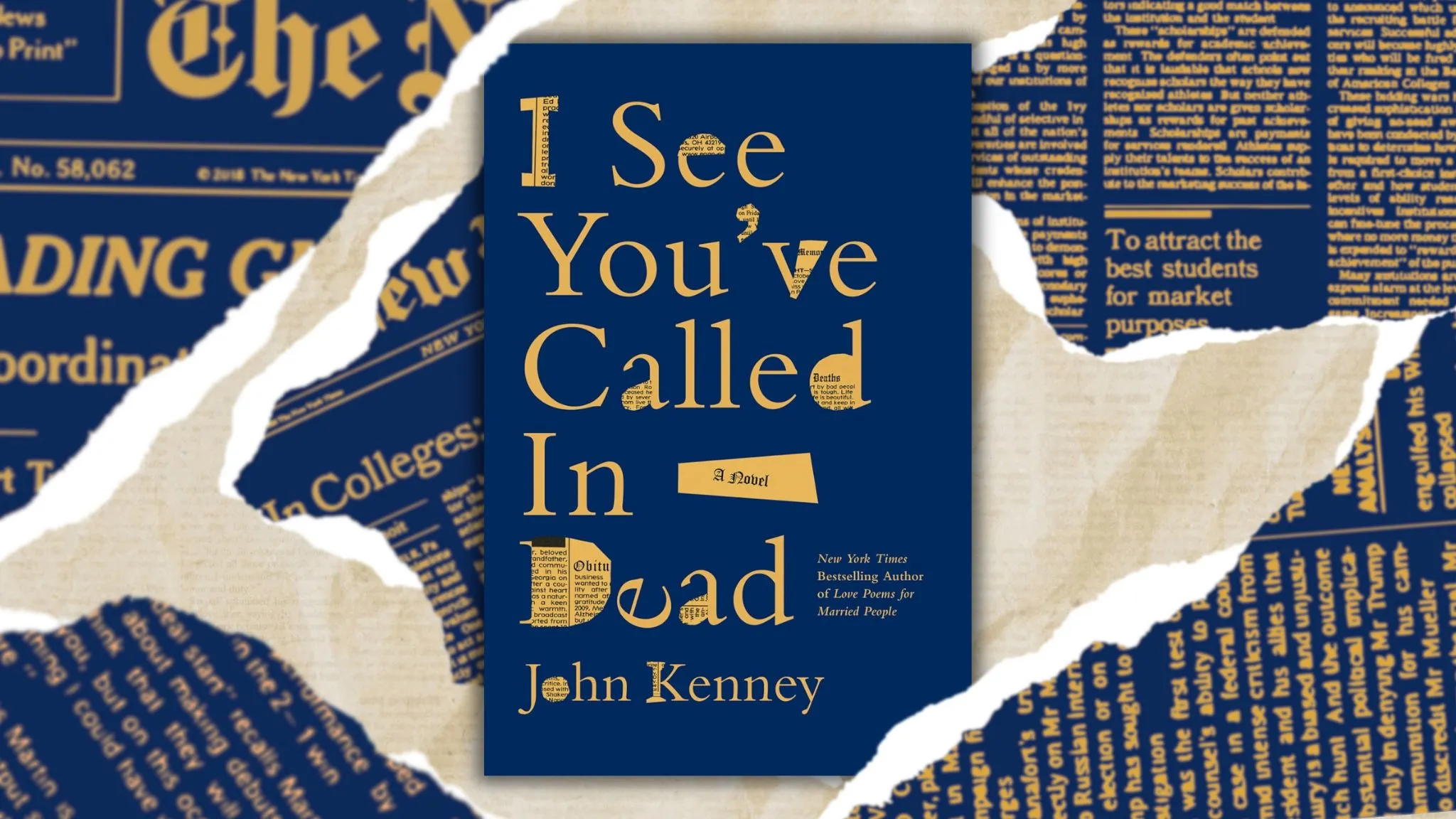

:quality(85):upscale()/2025/05/23/715/n/1922564/1e63d6e168309df259d956.72331408_.png)

:quality(85):upscale()/2025/05/06/835/n/1922564/8e601b95681a5cf04194c6.14070357_.png)


